Irrigated Acres in CPNRD
Central Platte NRD has a total of 1,029,213 irrigated acres of which 937,674 acres are groundwater only; 14,359 acres are surface water only and 77,180 acres are a co-mingled use. The overall irrigated acres base increased 12,624 acres, in part to acres still being certified, two years of additional acres being added east of Chapman, NE; and because of the transfer process, which allows for the consumptive use of water to be changed, without causing an increase in depletions to the river or an impact to existing surface water or groundwater users.
November 15 Deadline to Apply for Irrigation Cost Share
Funding is available for more efficient irrigation techniques, installing conservation practices, and assisting farmers with converting irrigated acres to non-irrigated farmland. Producers interested in improving water quality and quantity in their farming operations may apply for irrigation management funding. Producers in the Central Platte and Twin Platte NRDs are eligible to apply for the Ogallala Aquifer and Platte River Recovery Project funds through the NRCS’s Regional Conservation Partnership Program (RCPP). Contact your local NRCS office:




